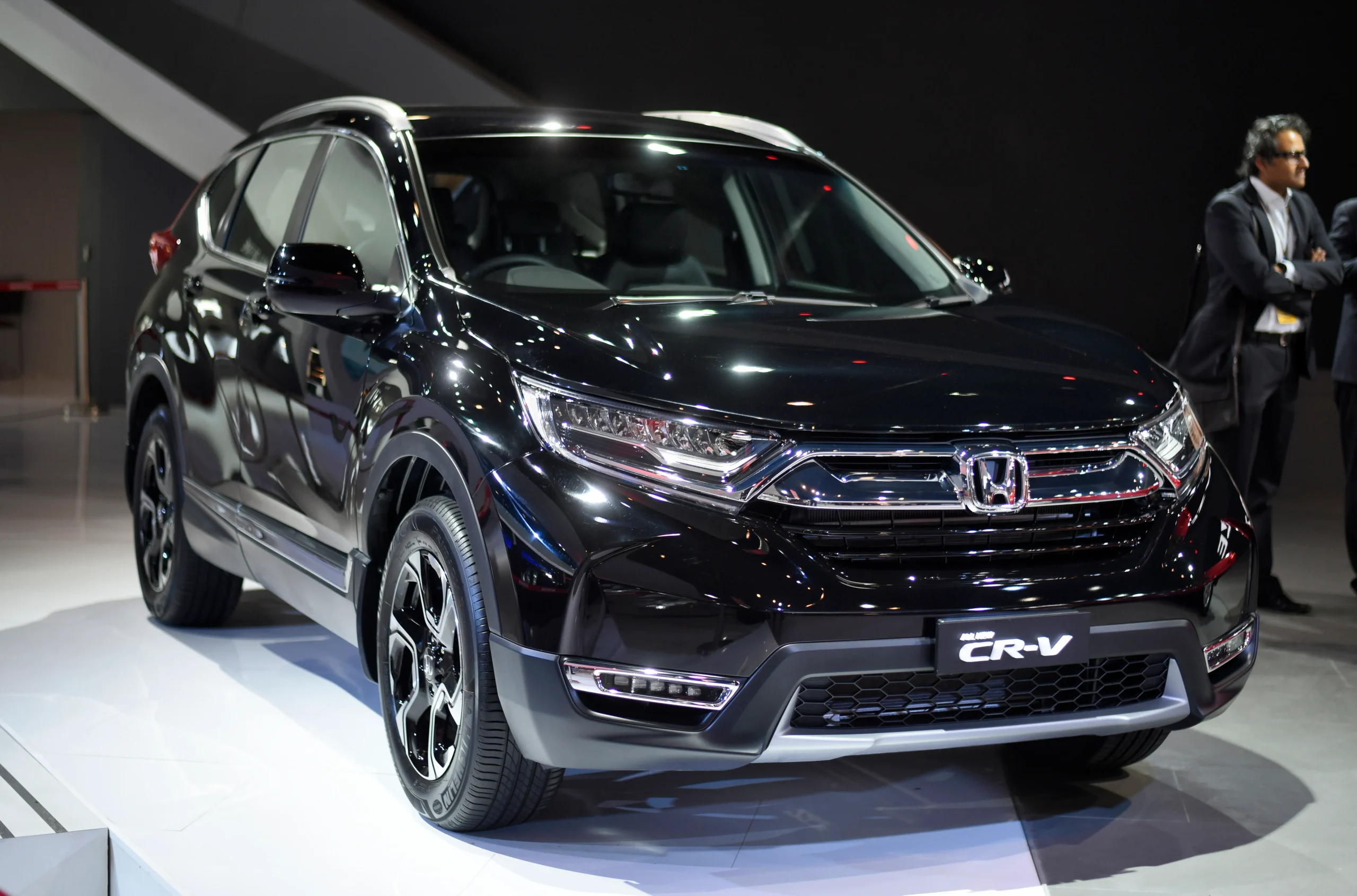In recent years, crossover vehicles have rapidly gained popularity around the world, redefining what drivers look for in a personal car. Combining the best features of sedans and SUVs, crossovers offer a balanced blend of utility, comfort, fuel efficiency, and modern design. From busy city roads to open highways, crossover vehicles are now the preferred choice for individuals, couples, and families alike.
But what exactly is a crossover vehicle? How is it different from an SUV? What types are available, and which models are considered the best in 2025? This blog offers a complete overview of crossover vehicles, highlighting their benefits, common types, comparisons with traditional SUVs, and key tips for buyers. If you’re planning to purchase a car and need something versatile, stylish, and practical, this guide will help you decide whether a crossover is the right fit for your needs.
What is a Crossover Vehicle?
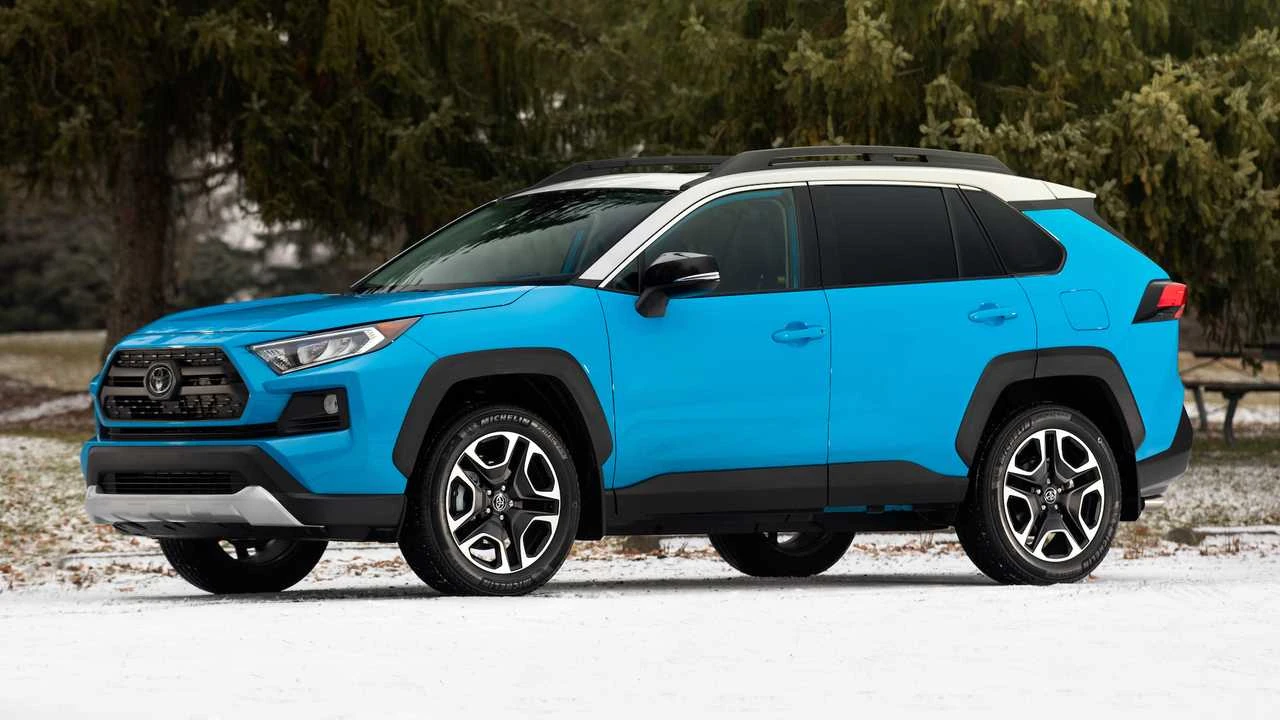
A crossover vehicle, often called a CUV (Crossover Utility Vehicle), is a type of automobile that blends the body style of a sport utility vehicle (SUV) with the driving dynamics of a passenger car. Unlike traditional SUVs, which are built on a truck-based, body-on-frame platform, crossover vehicles use a unibody construction—the same structure used in cars. This results in a lighter, more fuel-efficient, and easier-to-handle vehicle, without sacrificing ride height or interior space.
Crossover vehicles typically offer higher ground clearance than sedans, giving drivers better visibility of the road ahead. At the same time, they retain smooth on-road performance, similar to that of a car. This makes crossovers suitable for both urban and suburban driving. Many crossovers come with all-wheel drive, though it’s optional in most cases, making them capable of handling rough weather or light off-road conditions.
From the outside, crossovers resemble compact SUVs. On the inside, they offer spacious seating, configurable cargo areas, and the latest in safety and technology. Whether it’s a daily commute, grocery run, or weekend getaway, crossover vehicles are designed to offer flexibility without the bulkiness of a full-size SUV.
Why Are Crossover Vehicles So Popular?
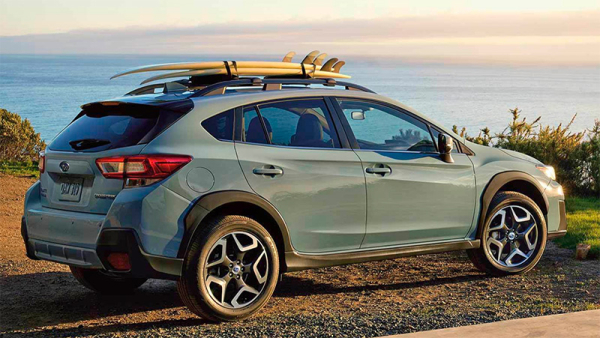

The rise in popularity of crossover vehicles is no coincidence. These cars have carved out a dominant space in the global automotive market because they meet the evolving demands of modern lifestyles. They are practical, cost-effective, and highly adaptable—qualities that make them suitable for a wide variety of drivers and purposes.
One of the biggest reasons for their popularity is comfort. Crossovers provide a higher seating position than sedans, offering a better view of the road, easier access to seats, and a greater sense of control while driving. Despite their elevated height, they handle much like a regular car, making them more accessible for drivers who find traditional SUVs too bulky or difficult to maneuver.
Another major advantage is fuel efficiency. Compared to SUVs, crossovers are generally lighter, which improves fuel economy without compromising performance. Families appreciate the generous interior space for passengers and cargo, as well as features like folding rear seats, hands-free tailgates, and advanced safety technology. Many crossovers also come with optional hybrid or plug-in hybrid powertrains, which further reduce running costs.
The design appeal also plays a role. Crossovers offer modern, sleek exteriors and tech-focused interiors, which makes them attractive to younger buyers and tech-savvy consumers. For these reasons and more, crossovers have become the preferred option for those who need a do-it-all vehicle that fits both their practical needs and lifestyle goals.
Types of Crossover Vehicles
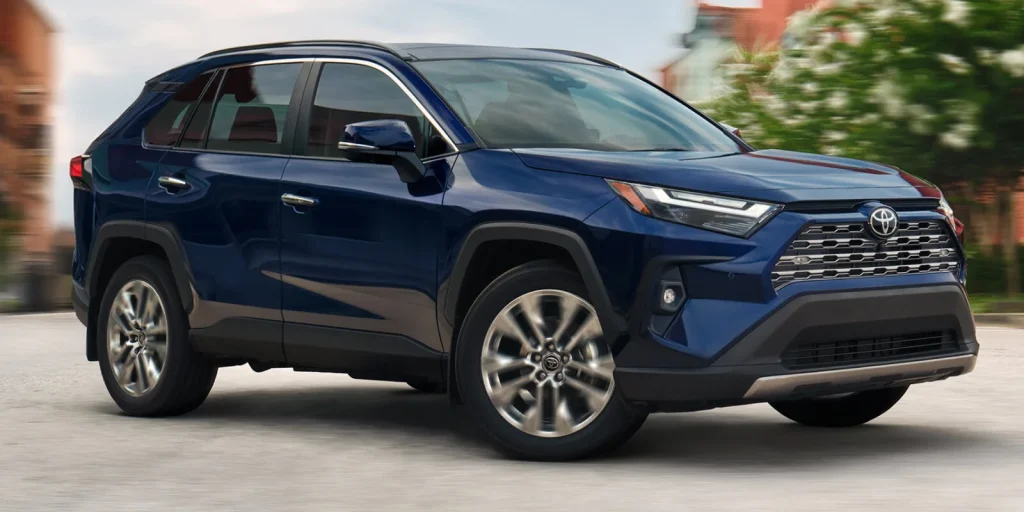
Crossover vehicles come in various sizes and configurations, allowing buyers to choose the best fit for their driving habits, family size, and budget. The three most common categories are compact, midsize, and full-size crossovers.
Compact Crossovers
Compact crossovers are ideal for city drivers who want better visibility and utility than a sedan but don’t need a large vehicle. These cars are easier to park, more fuel-efficient, and generally more affordable. Popular compact crossovers include the Hyundai Kona, Kia Seltos, and Honda HR-V. Despite their small size, they often come equipped with advanced driver-assist features, touchscreen displays, and surprisingly roomy interiors.
Midsize Crossovers
Midsize crossovers strike a balance between performance and space. They are well-suited for small to medium families and offer more rear legroom and trunk capacity than compact models. Vehicles in this category include the Toyota RAV4, Mazda CX-5, and Honda CR-V. Midsize crossovers are versatile and often chosen for long-distance travel thanks to their comfortable ride and fuel economy.
Full-Size Crossovers
Full-size crossovers are the largest in this segment and can sometimes include third-row seating. These models are great for larger families or anyone needing extra room for passengers and cargo. Examples include the Ford Edge, Chevrolet Traverse, and Honda Pilot. While they are bigger and slightly less fuel-efficient, they provide comfort and utility without stepping into full SUV territory.
By understanding the different types, buyers can select a crossover that fits their specific requirements, from daily commuting to weekend adventures.
Best Crossover Vehicles of 2025

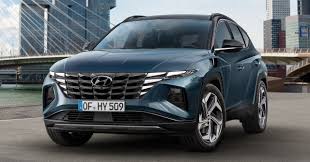
With constant innovation in the auto industry, many new crossover vehicles in 2025 offer improved technology, safety, and hybrid options. Here are some of the top-performing and most reliable crossovers currently available:
Toyota RAV4 (Hybrid)
The Toyota RAV4 continues to lead in the midsize crossover segment. Known for its durability, fuel economy (up to 40 MPG combined in the hybrid version), and refined interior, the RAV4 is a safe and dependable choice for families and professionals alike.
Hyundai Tucson
The redesigned Tucson stands out with its futuristic design and tech-heavy interior. It offers both hybrid and plug-in hybrid options and includes driver-assist systems as standard. It’s an excellent value for those looking for a stylish yet practical crossover.
Honda CR-V
The CR-V is a reliable and spacious midsize crossover that combines solid fuel economy with a smooth ride. The 2025 model features updated technology, improved handling, and enhanced comfort.
Kia Sportage
Kia’s Sportage delivers bold exterior styling and a spacious interior. It comes loaded with standard features and is available in hybrid variants, making it a top pick for value-conscious buyers.
Subaru Crosstrek
For those interested in mild off-roading or driving in snowy regions, the Subaru Crosstrek offers standard all-wheel drive and high ground clearance, paired with strong fuel economy and solid safety ratings.
These vehicles are among the best crossover cars available in 2025, offering a mix of reliability, efficiency, and modern features.
Crossover vs SUV: Key Differences
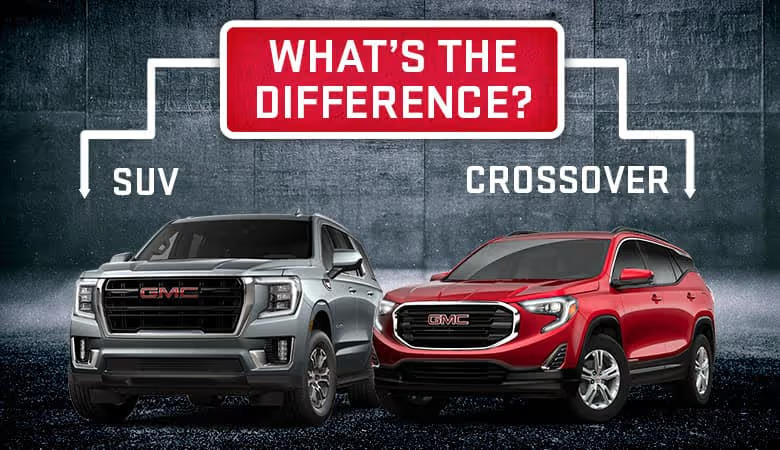
While crossovers and SUVs often appear similar, their differences are rooted in design, structure, and intended use. A crossover is built using a unibody frame—the same as a car—while an SUV typically uses a body-on-frame structure similar to trucks. This construction difference has a significant impact on how the vehicles perform.
Crossovers are lighter, which means they offer better fuel efficiency, lower emissions, and easier handling. They’re ideal for on-road use and provide a smooth, comfortable ride, especially in urban or suburban environments. On the other hand, SUVs are built for rugged terrain and heavy-duty tasks. They can tow larger loads and are better suited for off-road adventures or hauling equipment.
Another difference lies in cost. Crossovers are usually more affordable to buy, maintain, and fuel, while SUVs often come with higher insurance and running costs. Ultimately, crossovers are the preferred SUV alternative for drivers who want utility without the bulk, offering a practical solution for modern lifestyles.
Tips for Choosing the Right Crossover


Selecting the right crossover vehicle involves more than just picking a popular model. Here are some key tips to help make the best decision:
- Define Your Needs: Consider how many passengers you’ll transport, how much cargo space you need, and whether you’ll be driving mostly in the city or on highways. Families might need a midsize or full-size crossover, while solo drivers may prefer compact models.
- Set a Budget: Determine how much you’re willing to spend, including the cost of fuel, insurance, and maintenance. Hybrid models may have higher upfront costs but lower fuel expenses over time.
- Check Fuel Economy: Fuel-efficient crossovers can save you a lot in the long run. Look at both city and highway MPG ratings.
- Compare Safety Ratings: Use sources like the IIHS and NHTSA to evaluate crash-test results. Look for features such as lane-keeping assist, adaptive cruise control, and blind-spot monitoring.
- Test Drive Multiple Models: The feel of the vehicle matters. Take time to test drive different models to check for driving comfort, visibility, tech features, and noise levels.
- Consider Resale Value: Some crossover vehicles hold their value better than others. Toyota and Honda, for example, tend to have strong resale value due to reliability and brand reputation.
Taking these steps will help you confidently choose a crossover that suits both your current lifestyle and future needs.
Conclusion
Crossover vehicles represent a smart, balanced option for drivers who want the best of all worlds—practicality, efficiency, space, and technology. Their rise in popularity is no surprise, given how well they serve a wide range of purposes without compromising on comfort or performance. Whether you’re navigating tight city streets or taking long road trips with family, a crossover offers the flexibility and reliability you need.
With a wide range of models and sizes to choose from, and with advancements in hybrid technology and safety features, the crossover vehicle is likely to remain a dominant force in the automotive world for years to come. If you’re considering a new vehicle, explore your options carefully, compare top-rated models, and take your time with test drives. Your perfect crossover is out there—and it’s more capable and efficient than ever.

